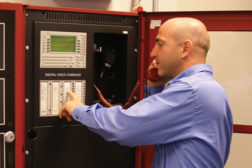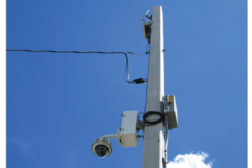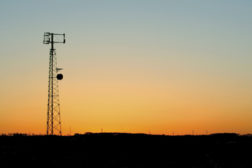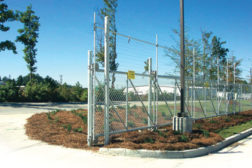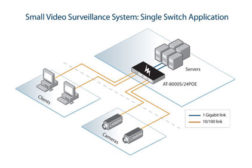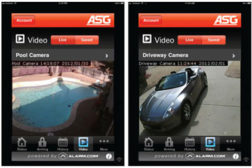Articles by Joan Engebretson
When It’s Time for a Fire Alarm Upgrade
When a single K-12 school or school district needs to upgrade its fire alarm system, which technologies are most compelling and why?
November 26, 2012
Life Safety: Do You Read Me?
Intelligibility is an increasingly important element for commercial fire systems. What dealers need to know about the requirements — and how to meet them.
September 24, 2012
More Options for Wireless Video
Integrators have more options for wireless video surveillance than ever before. However, there are choices to be made, including licensed and unlicensed solutions, transmission distance, number of cameras supported, and more.
August 10, 2012
How Reliable Is Your Alarm Communicator?
Taking stock of technologies used for alarm signal transmission shows that the security industry has done a great job of working with cellular and broadband providers to improve reliability and instill confidence.
July 23, 2012
What Do You Use on the Border?
Integrators are depending more on video-based detection solutions for outdoor and perimeter security installations, not because traditional technologies aren’t working — it just gives them more options
June 20, 2012
Commercial CO Detection Requirements on the Rise
Authorities increasingly are mandating carbon monoxide detection for certain commercial buildings, driven by new standard and code requirements.
May 18, 2012
Clarifying the Network
Installing video, access control and other systems that use Ethernet for connectivity always starts with understanding the basics and asking the right questions.
April 23, 2012
Smoke & CO Detector Standards Updated
Here’s a look at recent changes to the NFPA standards for smoke and CO detectors.
February 22, 2012
Be in the forefront of security intelligence when you receive SDM.
Join over 10,000+ professionals when you subscribe today.
SIGN UP TODAY!Copyright ©2025. All Rights Reserved BNP Media.
Design, CMS, Hosting & Web Development :: ePublishing
